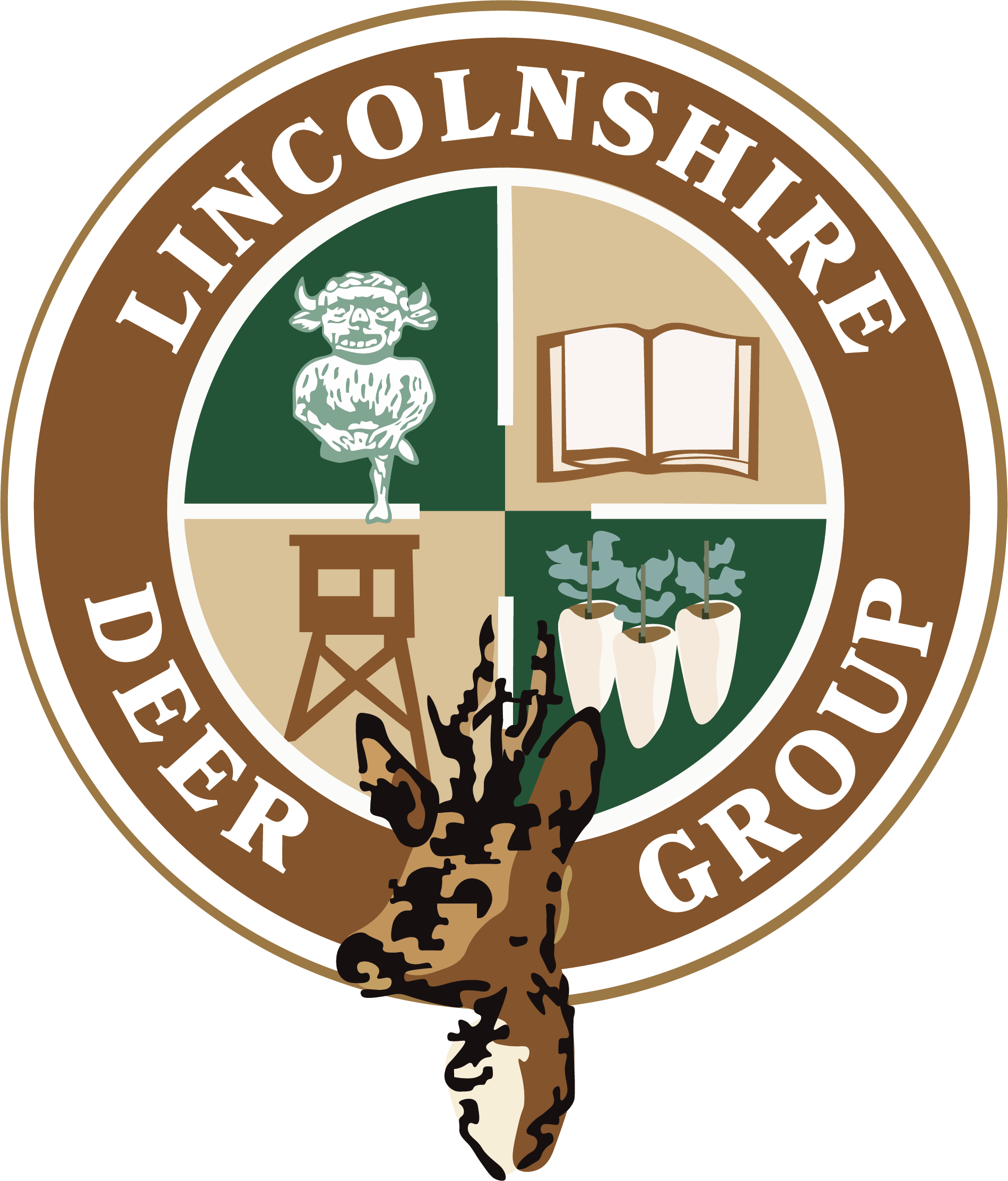South Lincolnshire Deer Management Group
History of the South Lincolnshire Deer Management Group
It had long been hoped that one day the Kesteven Deer Society (KDS) could be resurrected as a forum for landowners and deer managers to meet and discuss management issues. We were fortunate to have been given the records including the cull records kept by the Kesteven Deer Society (KDS) and entrusted to the group for safekeeping. This has allowed us to compile them into a historical record and create a picture of Fallow management patterns between 1975 and 1992. The KDS had faded away by 1992 so there had been a gap of 14 years before the first meeting of the South Lincolnshire Deer Management Group (SLDMG) in the Spring of 2006. The inaugural meeting was convened and attended by a core of landowner members from the area within the vaguely drawn A1- A52- A15-A6121 boundary of the SLDMG’s activity.
It is acknowledged by many that there is a need to share and disseminate deer management information and for neighbours to work together to mutual benefit. Fallow deer range widely and as a result are the most difficult species to manage effectively. It is widely acknowledged that only a coordinated approach can be truly effective particularly over a sustained period of time.
The results of night-time surveys, collated most years over four nights since March 2006, formed the basis of discussions and provided the funding has been available, an annual population survey has taken place over the area most years since, and the information disseminated. This enables the SLDMG to build a picture of the deer populations over time and to form a basis for discussion and an aid to making informed decisions on each individual estate’s annual deer management as part of the “landscape scale” management of the wild deer population. The Lincolnshire Deer Group administer and fund the SLDMG meetings under its remit, convening at least one annual meeting in May.
In 2013 at the annual meeting it was decided to produce a five-year landscape scale Deer Management Plan (DMP), for the benefit of landowners and managers. We are now on the third one, the latest version covering the period 2021- 2031. It is believed our DMP was the first landscape scale plan of its type in England and Wales. The first estimate of numbers in 1975 when the Kesteven Deer Society undertook their first annual census and recorded was 564 Fallow deer, despite constant population management, it is thought the Fallow population of the range is ten times that 1975 figure today. Now there are also Roe, Red and Muntjac deer in the range.
Since 2022 the annual survey has been performed by Drones. This technique has been formed following three years of drone survey experience by the contractor BH Wildlife Consultancy (BHWC) covering all the larger mammal species in the UK. The survey methodology presents an opportunity to capture the minimum wildlife population present, at a given time, quickly and effectively when compared to other terrestrial techniques available. The surveys operate over six separate ranges within the DMG boundaries totalling 40,000 hectares with a focus around the woodland.
Thermal Imagery (TI) has developed rapidly in recent years in terms of image quality, unit size and relative cost. Equipping the latest TI technology onto drones has opened up our understanding of wildlife populations in terms of distribution and density. It has shown efficiencies in many areas, most notably higher detection rates and reductions in operational costs. When comparing this approach to other census methods the drone records actual numbers which are spatially mapped and represent a ‘minimum population’ on site at that given time. A similar approach can be achieved using helicopters but at high cost, high emissions and associated disturbance. It is possible that not every animal will be counted, as this depends on the habitat and structure of the woodland and wider environment. Thermal Imagery relies on line of sight for detection but there are planning considerations that can improve efficiency and confidence when surveying. Planning and experience ultimately provide higher confidence levels on the data/output that is backed up by photographs that are date/time and location stamped within the images meta data.
The best way to maximise survey coverage is to lay 1 km diameter circles over the area and identify suitable take-off/landing points. This requires large clear air space to always allow visual line of sight of the drone. Generally when counting in woodland, all the counting will be done within the 1 km circle by the drone in a methodical way. Whilst the drone is legally limited to flying within the 1km circle under the CAA operational authorisation, the onboard TI camera can pick up heat sources over 1.5km away from the plot. As a rule of thumb, this methodology works extremely well for woodlands of <1,500 hectares where the area can be covered in a continuous session. Much larger areas can be covered in one continuous session where the habitat is of mixed structure e.g. open hill, agriculture land, woodland creation sites etc.
During the recent surveys, BHWC liaise with key members of the Deer Management Group to make efficiencies for our operators to methodically work around the different segments. BHWC has experience counting Fallow deer on a number of large lowland England landscapes so could draw upon experience when considering the transient movements and marauding behaviour of Fallow deer. Local knowledge was also instrumental in planning how to tackle such a large project. There are many factors which influence a survey such as this, such as disturbance/culling pressure, weather conditions and the time the survey takes place. In this report we aim to highlight what worked and what presented a challenge with the hope that when this survey is repeated the accuracy and coverage improves year on year.
